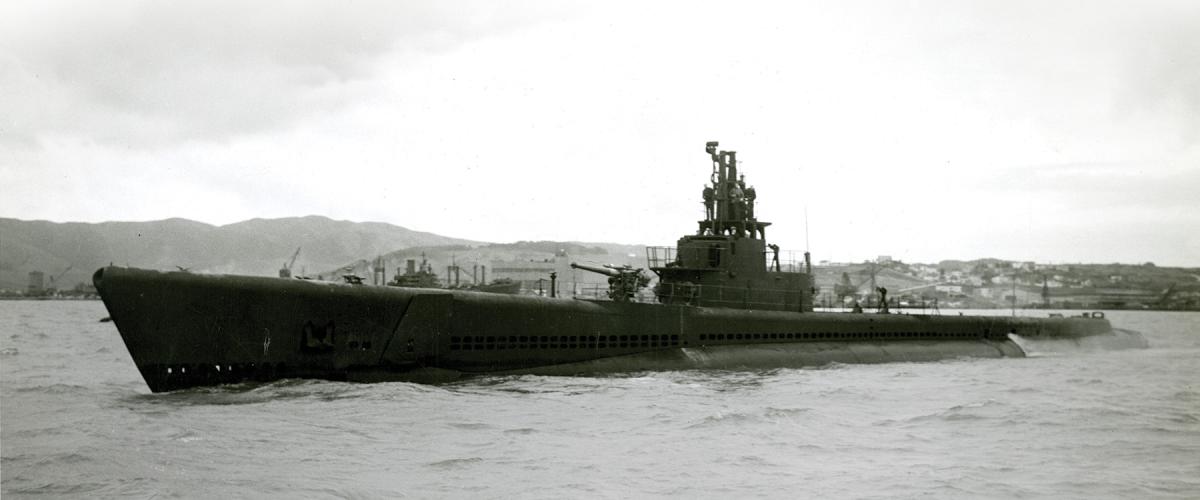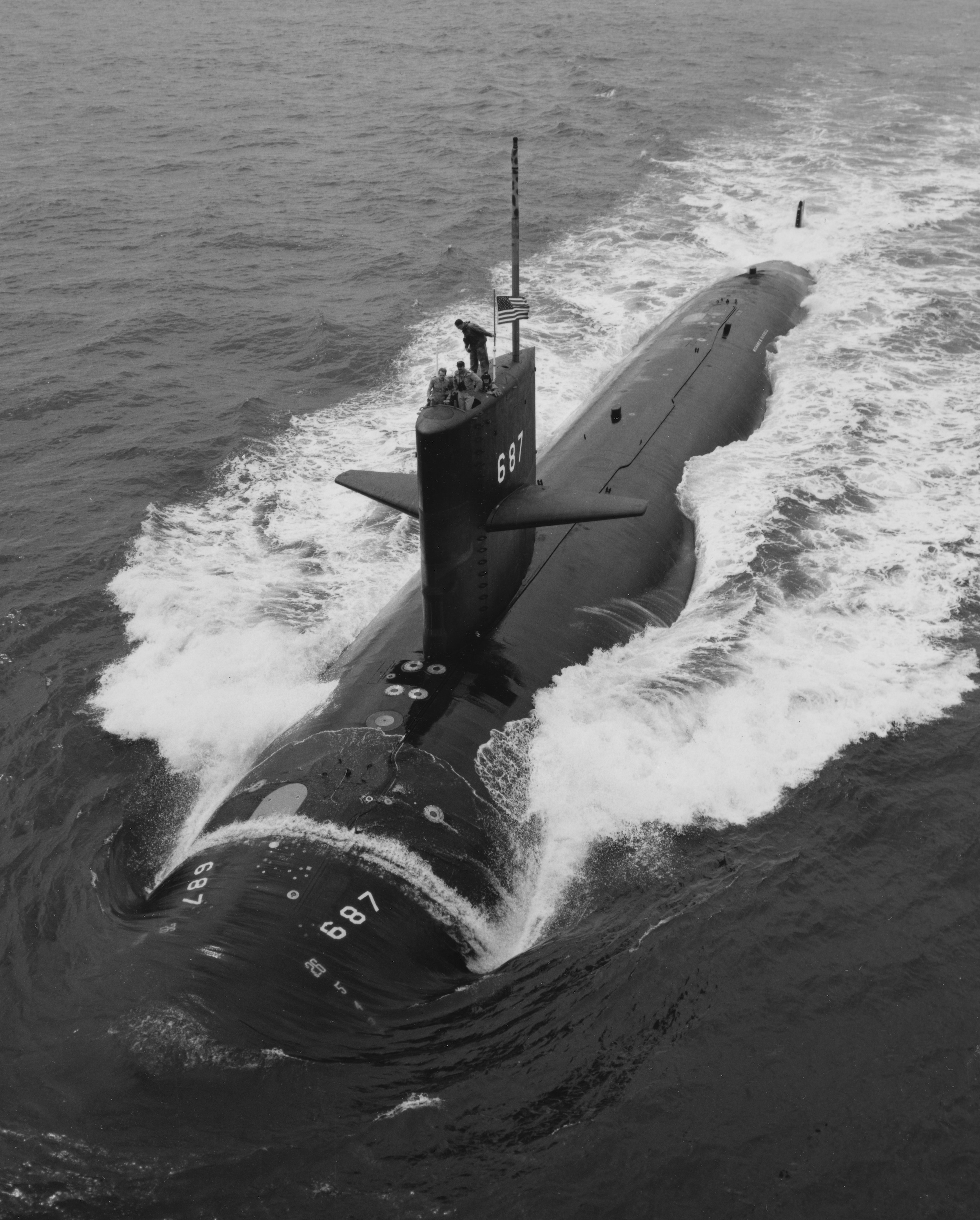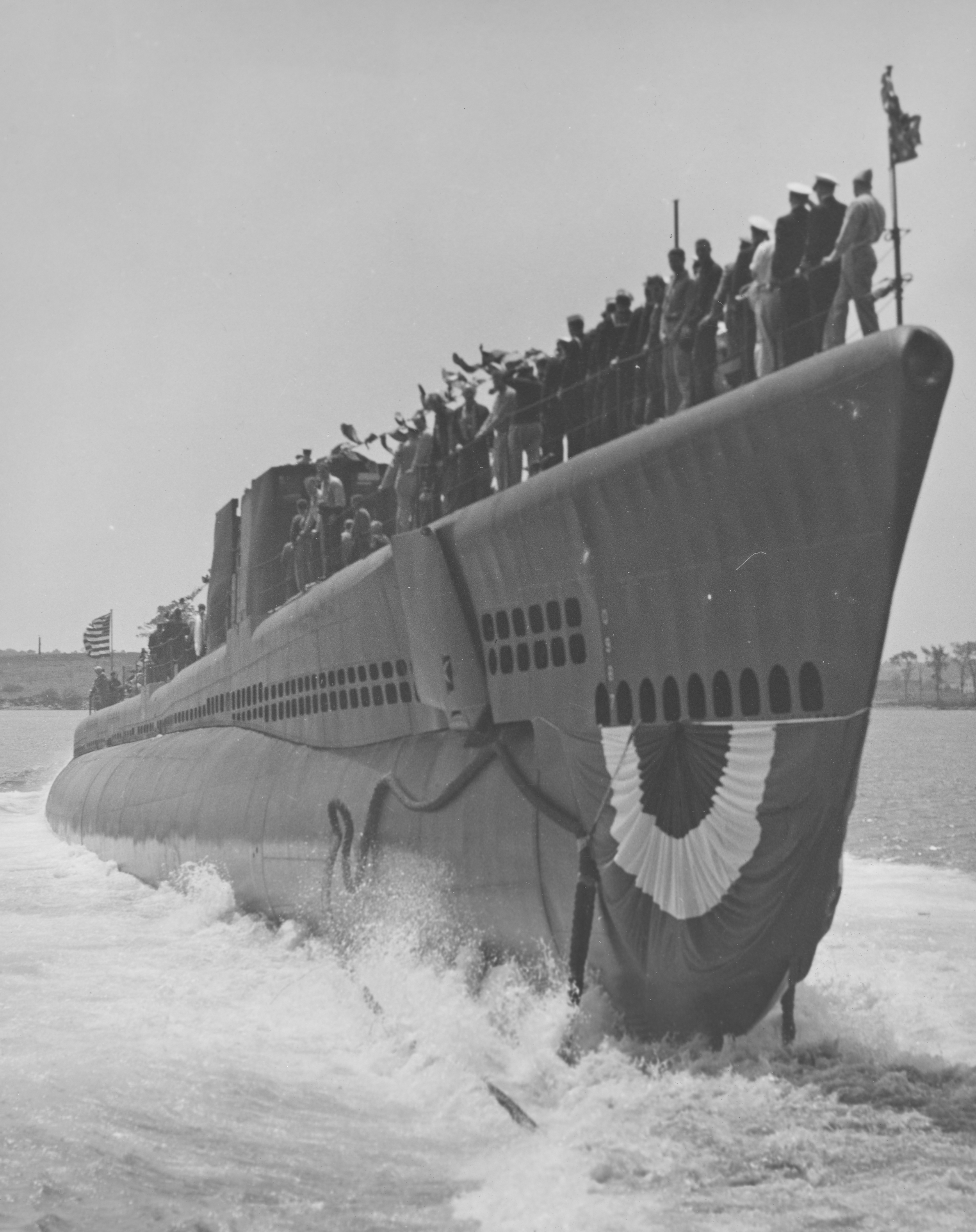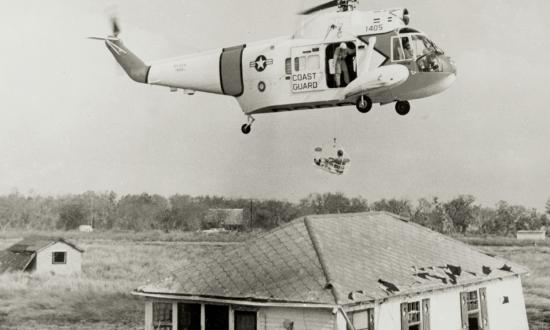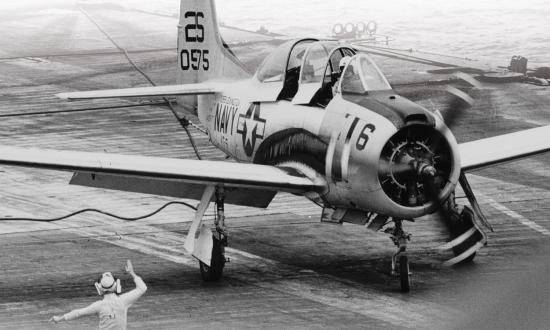John Snyder, U.S. Navy Veteran
The World War II fleet submarines that broke the back of Japanese merchant and naval shipping. This includes the Argonaut, Narwhal, Dolphin, Cachalot, Porpoise, Salmon, Sargo, Tambor, Mackerel, Gar, Gato, and Tench classes.
Senior Chief Thomas Harris, U.S. Navy
The innovations in submarine design, construction, and safety brought on by the tragic loss of the men of the Thresher paved the way for the immeasurable service to our nation by all subsequent submarine classes.
Captain Bill Sheehan, U.S. Navy (Retired)
In war, the three World War II diesel boat classes Gato, Balao, and Tench. They destroyed 1,314 enemy ships of 5.3 million gross tons. In addition, they rescued downed carrier pilots (including a future president—George H. W. Bush) and reconnoitered various islands prior to the Marine Corps and Army invasions. In peace, the Sturgeon-class attack submarines for their role in tracking the Soviet and other potentially hostile navies.
Captain Edward L. Bartlett Jr., U.S. Merchant Marine
Nothing matches the contribution of the 13 Thresher/Permit-class boats over nearly 320 ship-years. At the front line from 1961 to 1995, they accounted for the SubSafe program and the basic nuclear fast-attack arrangement still in use, and produced a disproportionate number of senior flag officers.
Commander John M. McGrail, U.S. Navy (Retired)
In this case, the smallest is the best. The one-ship Nautilus class definitively demonstrated the feasibility and potential of extended underwater operations. All future classes of nuclear submarines are a result of the service of the Nautilus.
Commander Bill Calderwood, U.S. Navy (Retired)
The Sturgeon class (including SSN-671/SSN-685 types) distinguished itself for decades as the best for Cold War and peacetime operations. The combination of improved habitability (O2 generators) and vastly improved electronic surveillance compared with previous boats maintained a significant advantage against adversaries.
The Sturgeon-class fast-attack submarine Richard B. Russell (SSN-687) underway in the Atlantic. U.S. Naval Institute Photo Archive
Lieutenant David Pearce, U.S. Navy (Retired)
The Gato-class diesel submarines, taken to sea by extraordinary men to do what became ordinary. The Ohio-class ballistic-missile submarines, taken to sea by ordinary men and women to do what became extraordinary. One class won a war, the other ensures the peace.
Michael Ravnitzky
The Balao-class submarines helped achieve victory in World War II, sinking more enemy ships than any other class of Navy vessels. They rescued hundreds of pilots and prisoners, delivered supplies to guerrillas, and landed commandos behind enemy lines. They performed reconnaissance, surveillance, and research missions.
Ensign Connor J. Evans, U.S. Navy Reserve
In war: the Gato-class diesel-electric submarines. They were essential in thinning both the Imperial Japanese Navy as well as the Japanese merchant fleet during World War II. One, the USS Finback (SS-230), even picked up future president George H. W. Bush after he ditched his TBM Avenger in the Pacific.
Paul Croy, U.S. Navy Veteran
During World War II, the Balao and Gato classes (quite similar) did critical service to the nation by strangling Japan. They interdicted Japan’s supplies by sinking many of its crucial merchant ships. They also attack Japan’s valuable and irreplaceable warships.
The launching ceremony for the Balao-class submarine USS Sennet (SS-408) at Portsmouth Navy Yard, 6 June 1944. U.S. Naval Institute Photo Archive
Nick Wulfekuhle, U.S. Navy Veteran
The Gato class, often combined with the Tench and Balao classes, destroyed much of the Japanese merchant and military fleets. These ships and their crews proved the value of submarines in independent and joint seagoing operations in the execution of total war.
Petty Officer Jon Yuengling, U.S. Navy (Retired)
While I am certainly biased, it has to be the Sturgeon-class (SSN-637). This class followed the Permit-class (SSN-594) and fought the clandestine Cold War when some would say it was at its hottest.
Guy Wroble
The Gato class was the backbone of the World War II submarine campaign that sank 30 percent of the Imperial Japanese Navy and 55 percent of Japan’s merchant fleet. U.S. submarines sent Japanese merchantmen to the bottom faster than they could be replaced. After the war, the Japanese acknowledged that shipping losses were the greatest cause of Japan’s defeat.
Dano Atamian
The Balao class, hands down. World War II was the only war in which America waged unrestricted submarine warfare. An improved Gato class, the Balaos performed superbly. They had the advantage in speed, range, and armament over any other class of submarine. Only the type 7 and type IX U-boats had a depth advantage.



